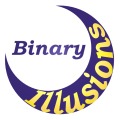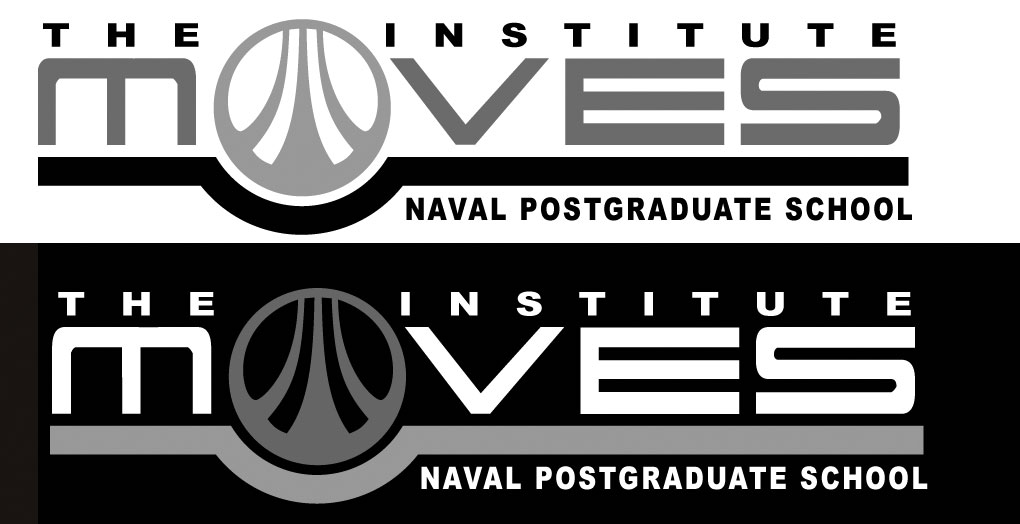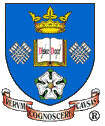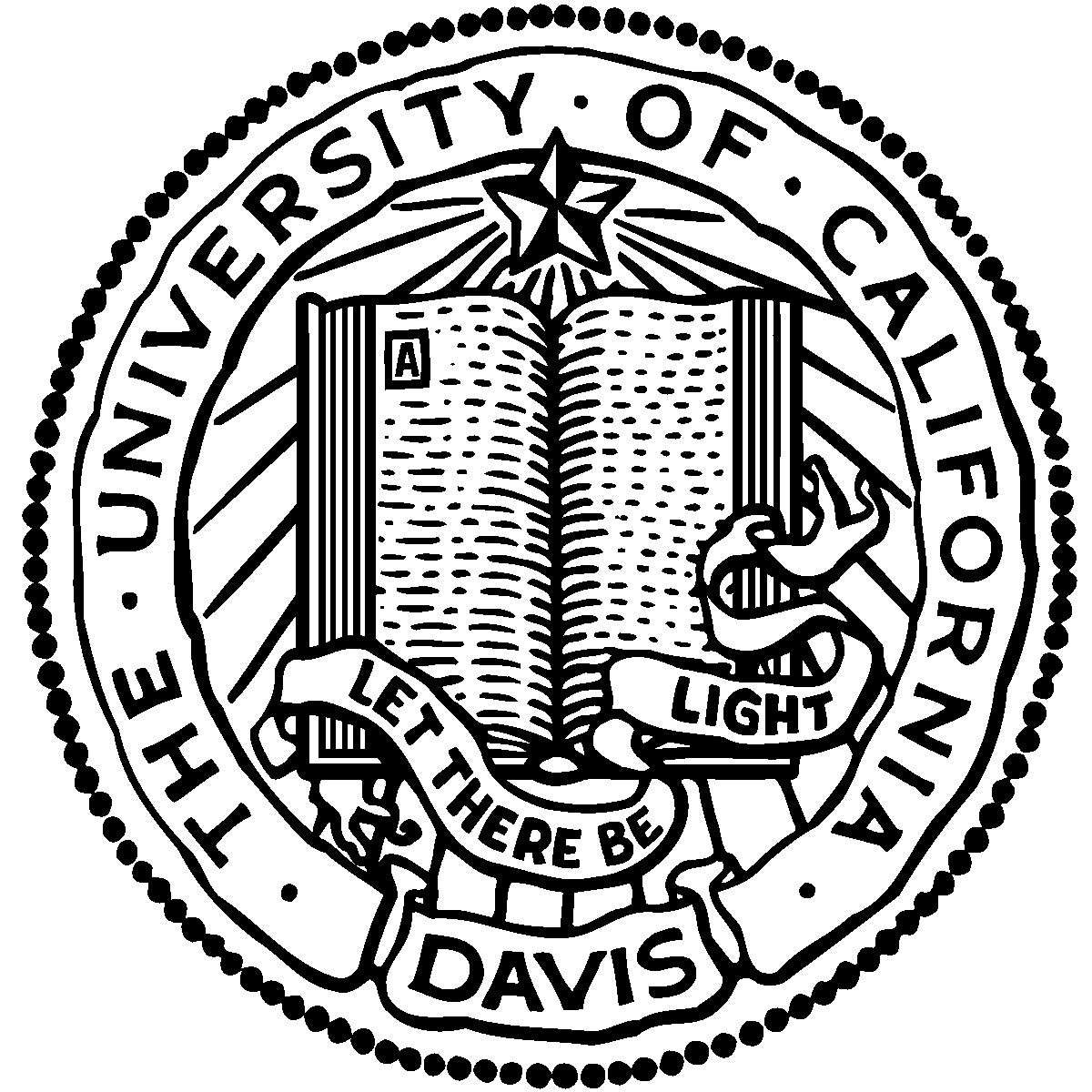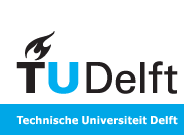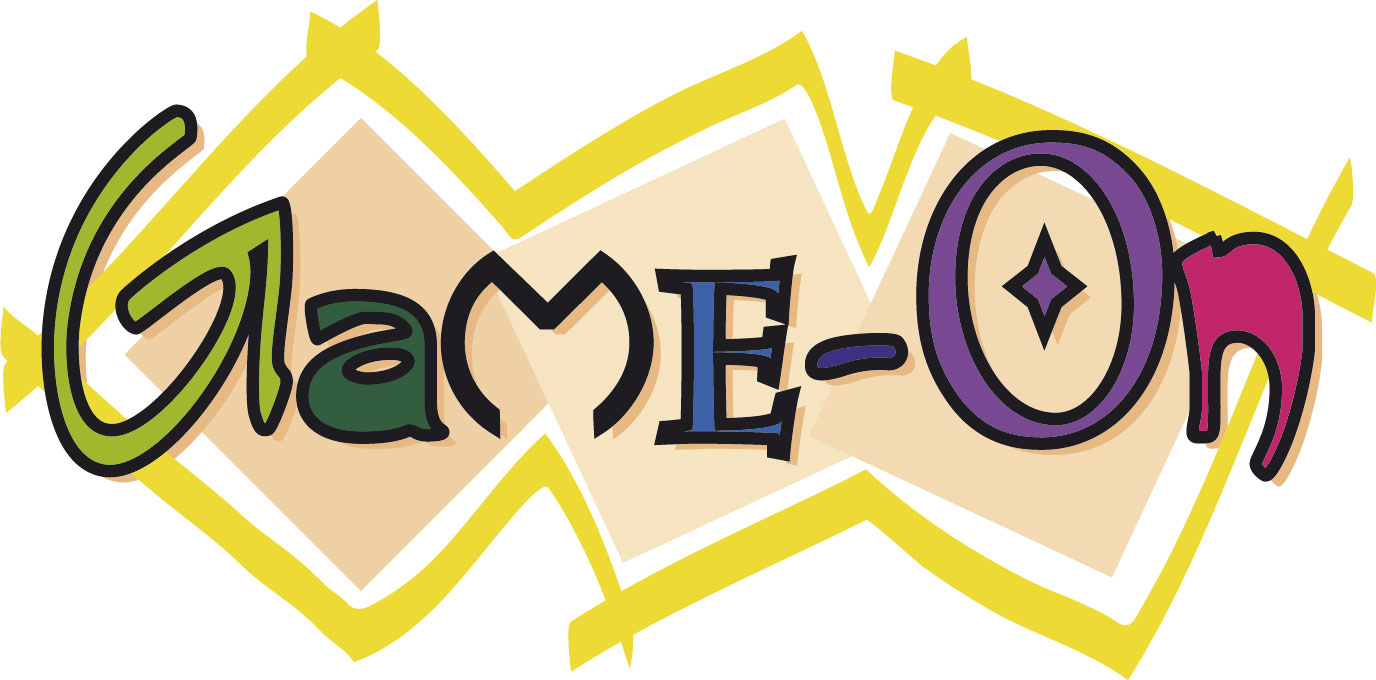
GAME-ON'2003
November 25-27, 2004 - Het Pand, Ghent, Belgium
Conference Venue
Conference Venue
The year 1228 is considered to be the official date of establishment of the monastery in Ghent. The monks were very actively constructing, and very soon they started building a fully fledged monastery. By 1240 the construction of a church was launched, and it was finished after 25 years. During the period 1325-75 the wing at the river Leie was constructed, with a sacristy, a priory, the refectory and the chapter house, a brewery and a kitchen. All over the first floor was a spacious dormitory. The corridors of the courtyard date from the 15th century, and were constructed in different periods.
The Iconoclastic Fury of 1556 brought hard times for the building. The Calvinists threw all the library books in the Leie. After a brief period of peace, in 1578 the Calvinists took over the city again. The monastery was used as a Calvinist university until 1584.In 1651 the old Utenhove hospital was being pulled down and its foundations were used to construct a new hostel which was to be arranged to serve as a guest wing. The north-eastern part of the premise, with the priory and the pharmacy, was refurbished 1780-81 in Louis XVI-style, using stucco and decorative painting. The establishment of the monastery is thus spread over more then 5 centuries, the countless extensions and modifications show the busy activity of the order in the inner city.
The new civil owner, exploiting the rising need of housing occasioned by the speeding industrialization of the city, introduced intermediate floors and partitions. In this way, some two hundred rooms became available for those with little means, while the large rooms such as the sacristy and the chapter house were being used as depots for wine and the refectory became a 'Bazar', a market of furniture. In 1860, the church was demolished. Plans were being made to build a bridge across the river, and an avenue to connect the Volderstraat and its prestigious Aula with the Coupure, where the better class citizens lived. These plans were never realized.
But the Decree of 29.10.1956 put the building on the list of classified premises. Thus the building was saved for future generations to enjoy.
History of Ghent and Tourist Information
The city has an extensive public transport network serving the city centre and surrounding area. It can be no coincidence that Ghent, the capital of East Flanders, was given several pretty names: historic heart of Flanders, a city of all times, one of the most beautiful historic cities in Europe . The city combines an impressive past with a vivid present. Numerous tourists visit Ghent of which the citizens carry the nickname "stroppendragers" or noose-bearers and use the extensive accommodation possibilities. The historic heart of the city offers a lot of places of interest. From St Michael's bridge there is a wonderful view on the skyline of Ghent with the three impressive towers of St Nicholas' Church, the Belfry with its bell tower and St Bavo's cathedral with the world famous painting "The Adoration of the Mystic Lamb" by Jan van Eyck.
Traces of the Middle Ages were preserved at a lot of places. The old port with its guild halls on the Graslei and Korenlei is merely one example of the beautiful views this town has to offer.
Ghent also has several museums, abbeys, beguinages, dozens of churches and historical buildings. Not only art lovers but everyone can find something here to suit his taste. Ghent offers a lot of shops, restaurants and an exciting nightlife. Ghent can be discovered by boat, carriage, bicycle or on foot. The official language in Ghent is Dutch, but most people also speak French, English and/or German. The Belgian currency unit is the euro. All prices in Belgium include VAT and service. More information on miscellaneous subjects, such as:
CLIMATE: If you are a backpacker, exchange student, day-tripper or student from anywhere in the world, if you don't have a lot of cash, but definitely do have a lot of curiosity and happen to be in and around Ghent for any length of time, then Use-it is the tourist information service for you.
By Plane
By Train Ghent is
an IC station, accessible seven days a week.
For train schedules from Brussels airport and within Belgium check here.
This page will
be expanded in the near future r
|
|||||||||||||||||||
|
|
|||||||||||||||||||
|
|
|||||||||||||||||||
|
|


















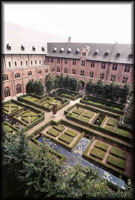
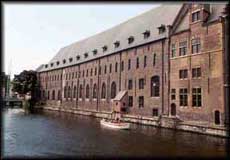
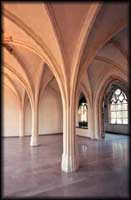
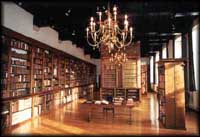
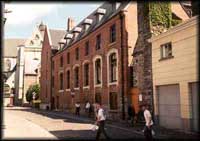
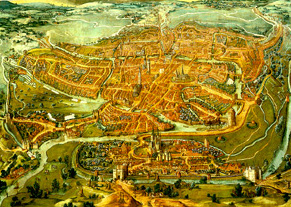 Ghent
is situated at the intersection of the motorways E17 and E40 and
can easily be reached by car. National and international trains
stop in Ghent (stations Sint-Pieters and Dampoort).
Ghent
is situated at the intersection of the motorways E17 and E40 and
can easily be reached by car. National and international trains
stop in Ghent (stations Sint-Pieters and Dampoort).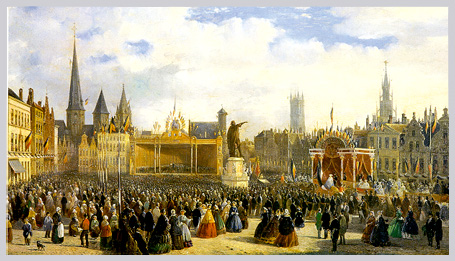
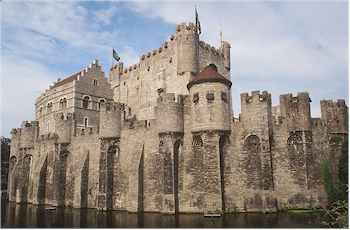 Not far from the Graslei arises the
Not far from the Graslei arises the






 this space
this space
